TOPIC 4: LOGARITHMS
We always ask ourselves, how many of one number do we multiply to get another number? For example; how many 3s do we multiply to get 81? All these kind of questions will be answered in this unit. Make sure you understand. Start reading now……!
JOIN US WHATSAPP CLICK HERE
JOIN US TELEGRAM CLICK HERE
Standard Form
Tutorial on Standard Form
Tutorial Created by Willbald Mvungi-Ilboru Secondary
Standard Form is also called Scientific Notation. It is a way of writing a number into two parts. For example

- Thedigits(with the decimal point placed after the first digit) followed by
- X 10 to a powerthat puts a decimal point where it should be (i.e. it shows how many places to move the decimal point).
Numbers in Standard Form
Write numbers in standard form
How to write a number in standard form?
To figure out the power of 10, think of how many decimal places to move:
- When the number is 10 or greater, the decimal place has to move to the left and the power of 10 will be positive. For example; 47 055 = 4. 7055 x 104
- When the number is smaller than 1, the decimal point has to move to the right and the power of 10 will be negative. For example;
0.00025 will be written as 2.5 x 10-4
For example; 4.5 would be written as 4.5 x100 we didn’t have to move the decimal point, so the power is 100. But now it is in standard form.
Note that: After putting the number in scientific notation make sure that the digits part is between 1 and 10 (it can be 1 but never 10). And the power part shows exactly how many places to move the decimal point.
Computations which Involved Multiplication and Division of Numbers Expressed in Standard Form
Perform computations which involved multiplication and division of numbers expressed in standard form
Definition of a logarithm
A logarithm answers the question: How many of one number do we multiply to get another number. For example; how many of 2s do we multiply to get 16? Answer: 2 x 2 x 2 x 2= 16 so we needed to multiply 4 of the 2s to get 16. So the logarithm is 4.
How to write it?
We would write the number of 2s we need to multiply to get 16 is 4 as:
The two things are the same:

The number we are multiplying is called the base. So we can say ‘the logarithm of 16 with base 2 is 4’ or ‘log base 2 of 16 is 4’ or ‘the base-2 log of 16 is 4’.
Not that we are dealing with 3 numbers:
- The base (the number we are multiplying in our example it is 2)
- How many times to use it in multiplication (in our example it is 4 times, which is the logarithm)
- The number we want to get (in our example it is 16)
There is a relationship between the exponents and logarithms. The exponent says how many times to use the number in a multiplication and logarithm tells you what the exponent is. See the illustration below:
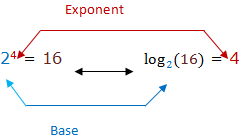
Generally: ax = y in logarithmic form is: LogaY = X
Example 1
write the following statements in logarithmic form:
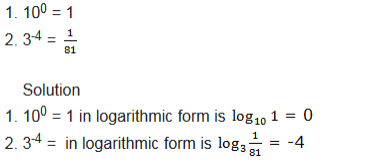
Laws Of Logarithms




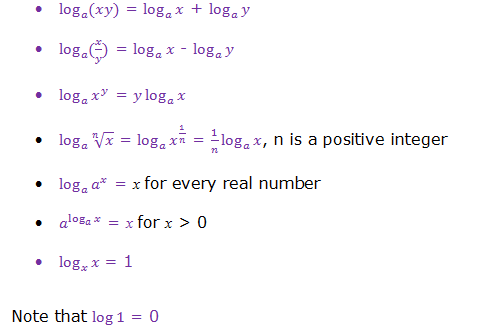
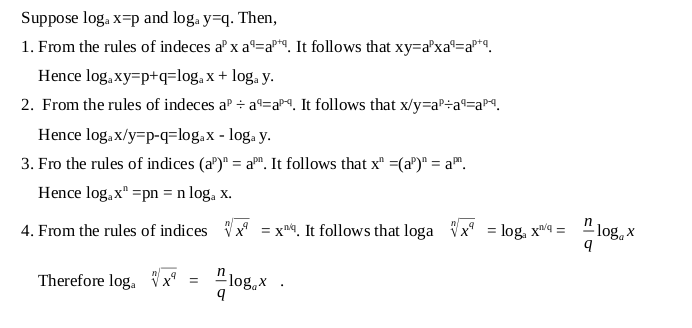
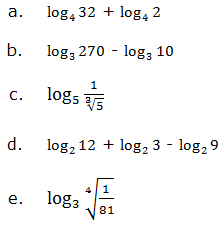
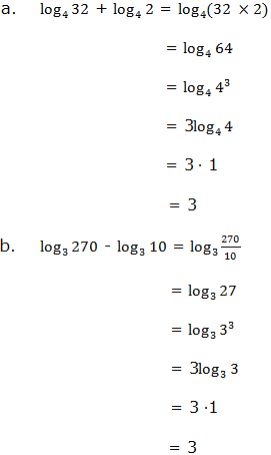
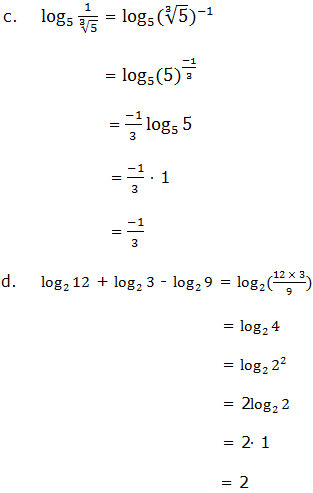
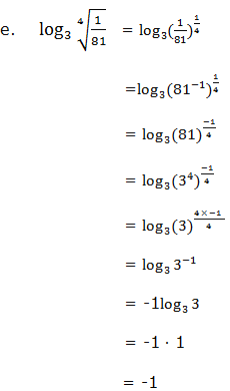



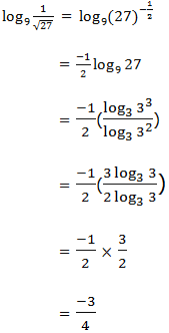

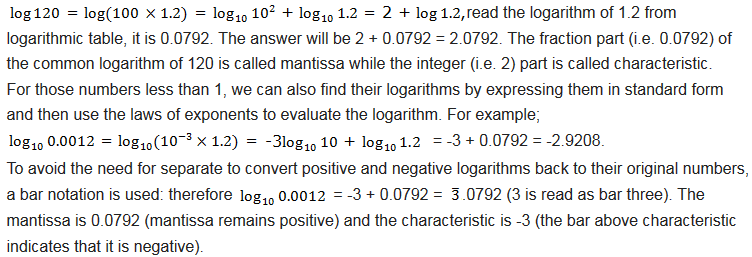
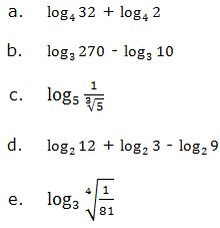
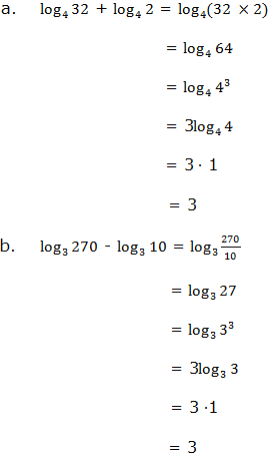

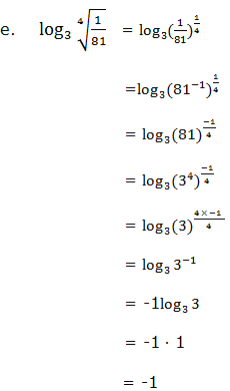

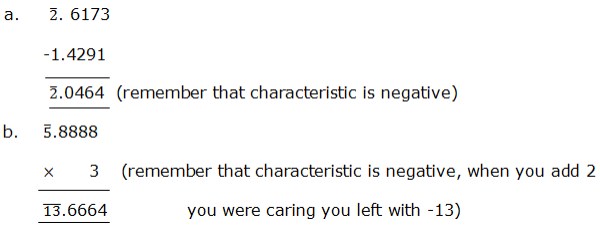
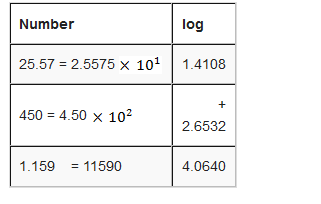

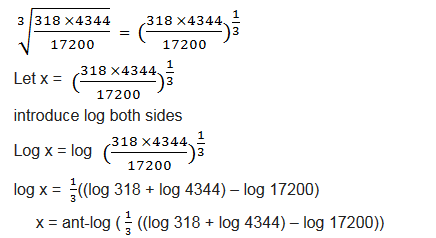
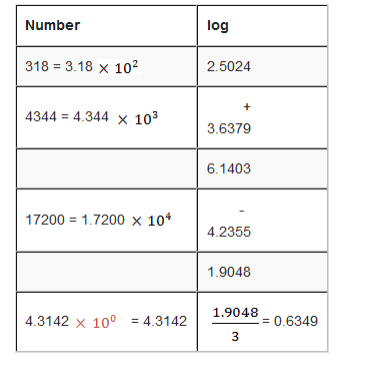




5 Comments
Awesome nice interpretation
Awesome interpretation love it
Thanks
perfect mathematics really enjoyed it.
perfect mathematics really enjoyed it.